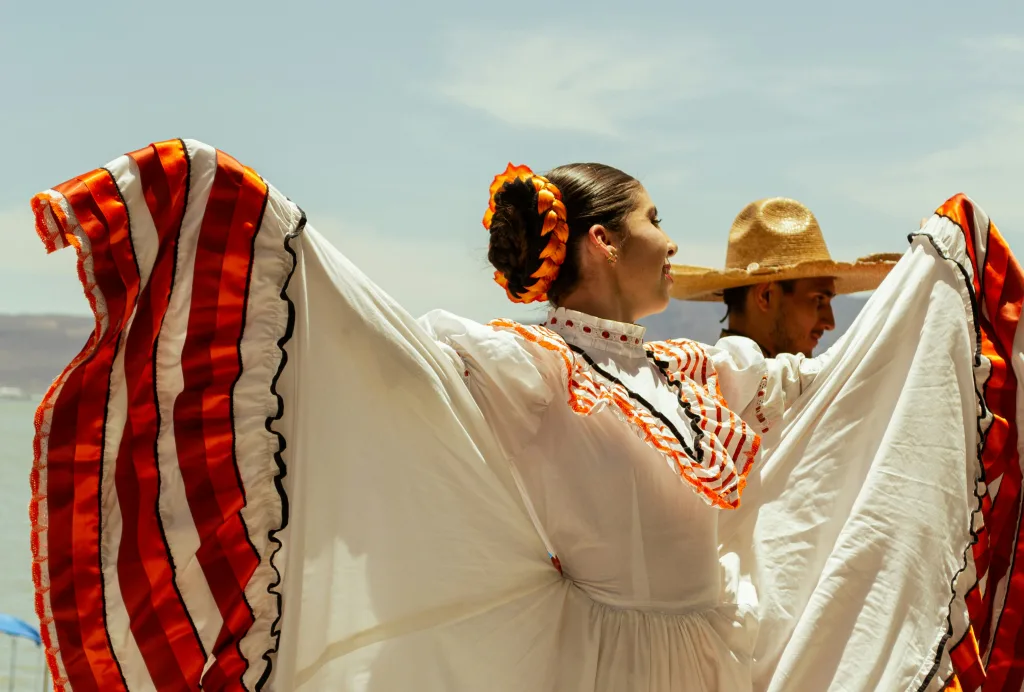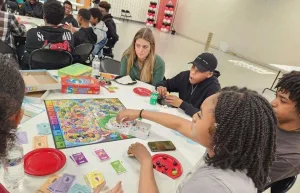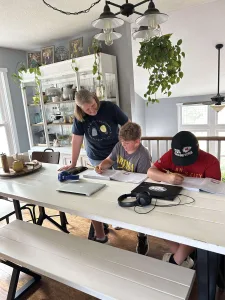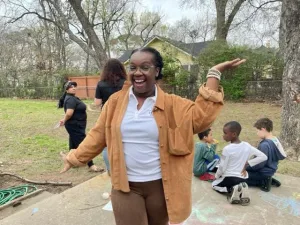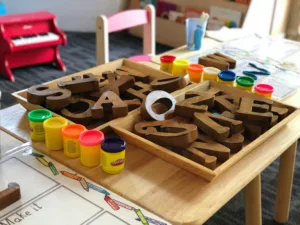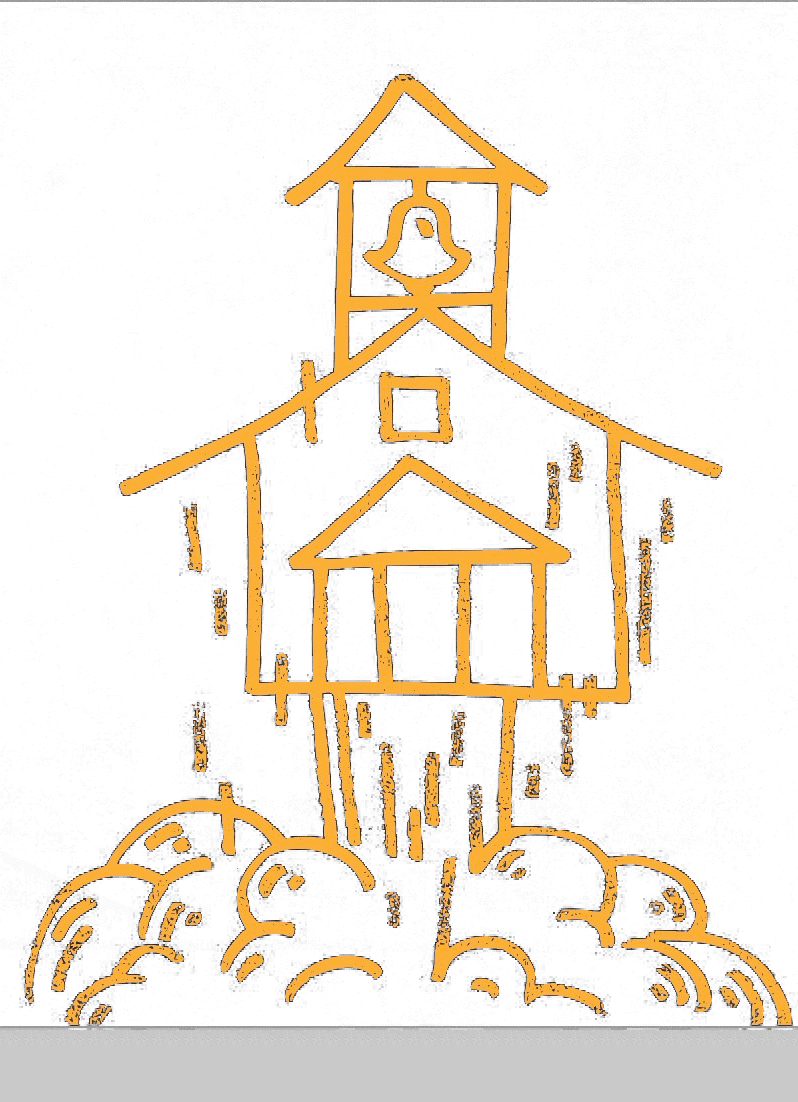September 15 through October 15 is National Hispanic Heritage Month, and several Latin American countries celebrate their independence days within this time frame. As communities gather to recognize the many contributions of great Hispanic and Latin American leaders, and as conversations continue everywhere surrounding educational choice, it is worth noting that homeschooling is experiencing tremendous growth within the Hispanic and Latino populations. In fact, a recent article from the Fordham Institute, as well as a report from EdChoice, notes that approximately 15% of all homeschooling families identify as Hispanic. Moreover, whereas African-American families previously represented the fastest-growing segment of the homeschooling population, that seat is now occupied by Hispanic and Latino families.
While Hispanic and Latino families choose unconventional learning spaces for many of the same reasons as those in the wider homeschooling community, such as concerns surrounding the quality of education in public settings, student safety, and desires for flexible learning, these families also reference culture as a significant reason for choosing to homeschool. A November 2024 study, “‘We Hold Culture in Our Hearts’: A Phenomenological Study of Hispanic/Latina Homeschool Experiences,” published in the Journal of School Choice, noted that cultural identity played a role in homeschooling for both first-generation and later-generation homeschoolers.
I recently had the opportunity to interview Aliya Mullins, founder of Una Sola Voz, a newly-launched Spanish-immersion online academic program located in suburban Maryland, and also spoke with Gisela Quiñones, a guest on the LiberatED Podcast, who is the founder of Latinos Homeschooling, a national network dedicated to empowering and supporting Hispanic and Latino homeschoolers through building community and offering classes and events. Through these discussions and the aforementioned study, three consistent themes emerged:
1. Cultural Identity Matters
For many Hispanic and Latino families, cultural identity is a significant factor in the decision to homeschool. Part of their dissatisfaction with more traditional settings stems from the lack of representation in literature and textbooks. For a number of families, a desire to see their community represented well in literature, in science, or in whatever discipline was being studied, contributed to their decision to homeschool. Gisela spoke of wanting to see people and families that look like hers, and wanting her children to be able to see positive role models that look like them in the course of their studies. When learning social studies and history, families want their heroes and their cultural celebrations included. Beyond Cinco de Mayo, which is actually a minor regional holiday, Hispanic and Latino families want major Hispanic and Latino holidays such as La Semana Santa, Día de los Reyes Magos, Las Posadas, and Día de los Muertos, to name a few, to be part of their children’s education. These families want learning to be a celebration of not just their language, but of every facet of their identities.
In “We Hold Culture in Our Hearts,” the authors noted distinctions surrounding the role of culture within the decision to homeschool. Many first-generation immigrant families homeschool in part to preserve their cultural identity and pass their rich heritage on to the next generation, while families who are considered “later generation” homeschool in part as a means of reuniting with their cultural roots. This truth was echoed in my interviews both with Aliya and with Gisela. Aliya specifically spoke of the many Hispanic and Latino families she serves in which the children do not know Spanish. For these families, homeschooling in a fully Spanish-immersed environment offers them the flexibility they want and the vehicle they need to practically and meaningfully reintroduce their children to their ancestral language and culture, and ensure their rich legacies are restored and continue with the next generation. Within my own family, my daughter and her Puerto Rican husband have decided to homeschool my soon-to-be-born grandchild, and beginning in pre-school, she will be involved in a Spanish-immersion environment. Their reasoning? To preserve her Latina heritage—a reason shared by countless other Hispanic and Latino homeschooling families.
2. Community Is Vital
Homeschoolers have historically looked for opportunities to connect to avoid feelings of isolation, and this need is especially true within the Hispanic and Latino populations. For Gisela, the desire to find other Hispanic and Latino homeschooling families fueled the birth of Latinos Homeschooling, as she was looking for connection for herself and for her children. As a homeschooler, she was looking for families that understood her and her children, not just educationally, but from a shared cultural perspective. This prompted Gisela to form an online forum, where she witnessed firsthand the deep, shared hunger for community and connection. Her online community blossomed into Latinos Homeschooling, supporting families with classes, conferences, and meaningful connections. Equally exciting is the birth of subgroups arising from connections formed within the Latino Homeschooling community.
Practically speaking, within Hispanic and Latino families, multi-generational households can make homeschooling a viable option, allowing for further community learning to occur. Grandparents and other extended family members can and do partner with others in the wider community to teach core subjects as well as electives, and this can transform into a multi-sensory cultural journey. Students can experience the smell and taste of their native foods, the sounds of their music, and the movements of dance from a generation of elders that collectively delivers a holistic approach to learning. In this shared learning experience, families find both the tangible support and encouragement they need to effectively educate their children both academically and culturally.
3. Curriculum Is Needed
The reality is that culturally relevant bilingual curriculum for the Hispanic and Latino community is, at best, scant. When seeking a curriculum to use for her program, Aliya Mullins had to look outside of the country to Mexico. Gisela also echoed her concerns surrounding difficulties in finding quality curriculum for Spanish-speaking learners. While several larger homeschool publishing houses have begun producing their curriculum in Spanish, a number of parents report having difficulty finding sufficient support to accompany these resources. In some instances, parents have turned to translating books on their own. The lengths parents go to secure adequate instructional materials for their students speaks to the need for more curriculum resources, which will only continue to rise as more and more Hispanic and Latino families enter the homeschooling world.
As homeschooling continues to grow in the Hispanic and Latino communities, it represents something far greater than a shift in educational settings and preferences. Families are choosing to preserve and reclaim heritage, and in the process, they are growing and strengthening their communities as they shape the next generation of learners grounded in academic excellence and cultural pride. With growing networks like Latinos Homeschooling and programs such as Una Sola Voz, and a rising call for relevant bilingual resources, Hispanic and Latino families are reflecting what unconventional education can look like when culture, family, and learning walk hand in hand.
